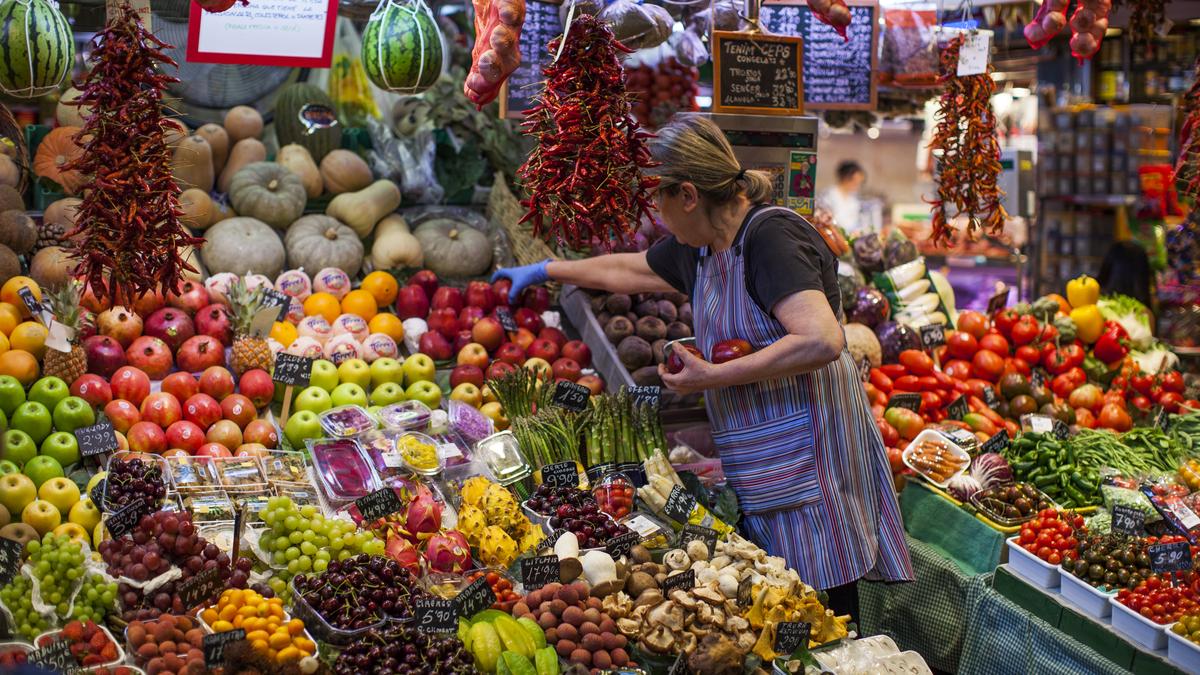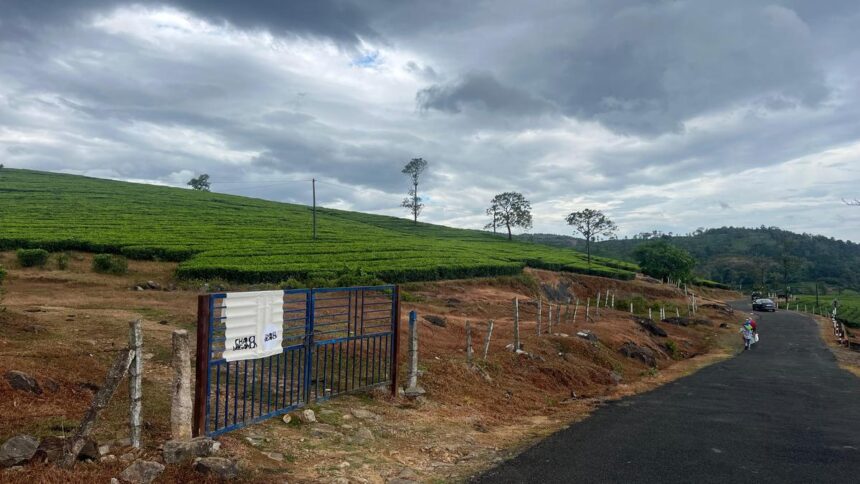Whenever I travel, I make my way to a colourful local museum that is free and interesting: the supermarket.
Window shopping in a grocery store, walking through the stacked shelves and long aisles, is one of the best ways to learn about the people of a city and how they live. For it reveals how and what they buy for food, how they eat and cook, and what they like and dislike.
A supermarket in a new country is like an adventure. There are interesting new foods, snacks, and condiments. Fresh and cold meats. Sauces and dressings. Breads and baguettes. Bagels and waffles. Pretzels and cookies. Freshly baked and iced cakes. Dips and chips. Cookie dough and flavoured salt. Jams and jellies. Unusual fruits and unseen veggies. Local beers and wines. There is as much discovery as on a walking tour or a visit to a bookstore.
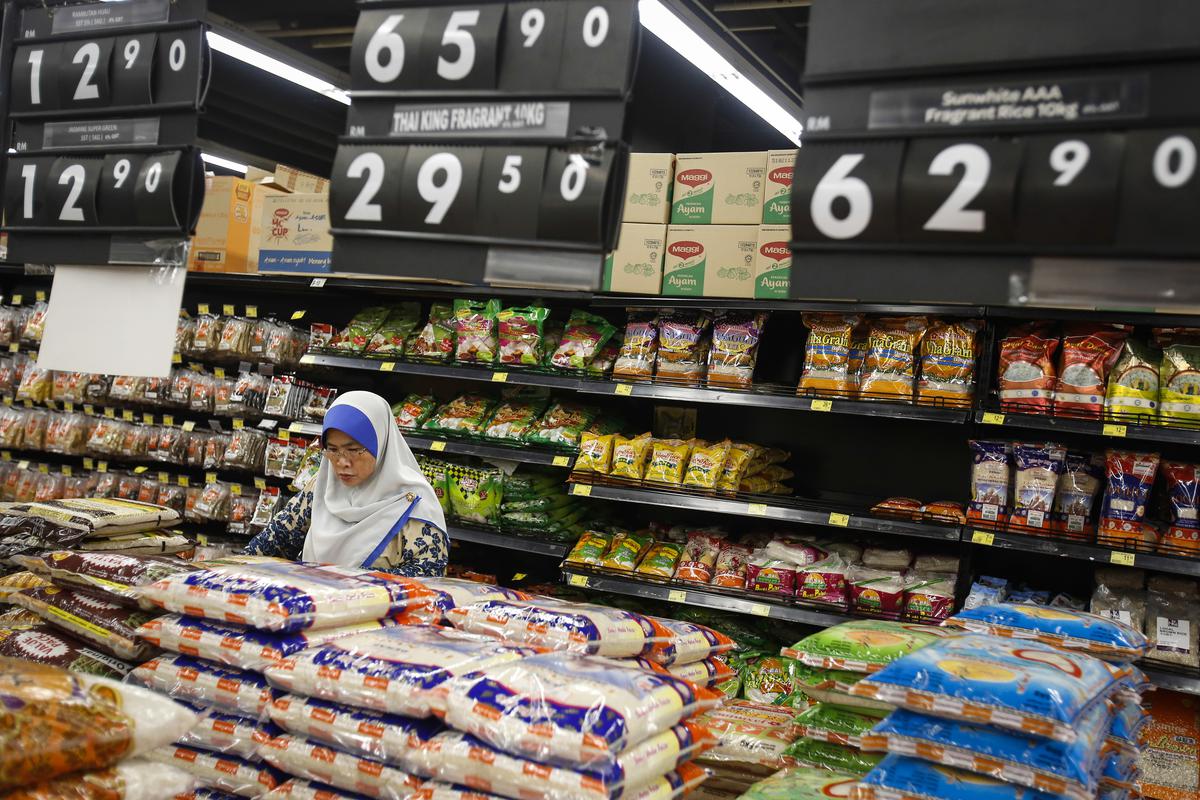
FILE – A Malaysian Muslim woman checks on rice grain in a mall outside Kuala Lumpur, Malaysia on Aug. 18, 2015. Malaysia’s government said Monday, Oct. 2, 2023, the country that enough rice is available and urged people not to hoard locally produced rice after recent panic-buying led to empty shelves in supermarkets and grocery stores nationwide. (AP Photo/Joshua Paul, File)
| Photo Credit:
Joshua Paul
Grocery store tourism has been trending for a while now on social media. In a viral video, while exploring stores in Malaysia, TikTok user Marissainchina said: “Going to a grocery store could technically be counted as sightseeing, right? Because not only is it a cultural experience, but you can also find lots of stuff to bring back as souvenirs.”
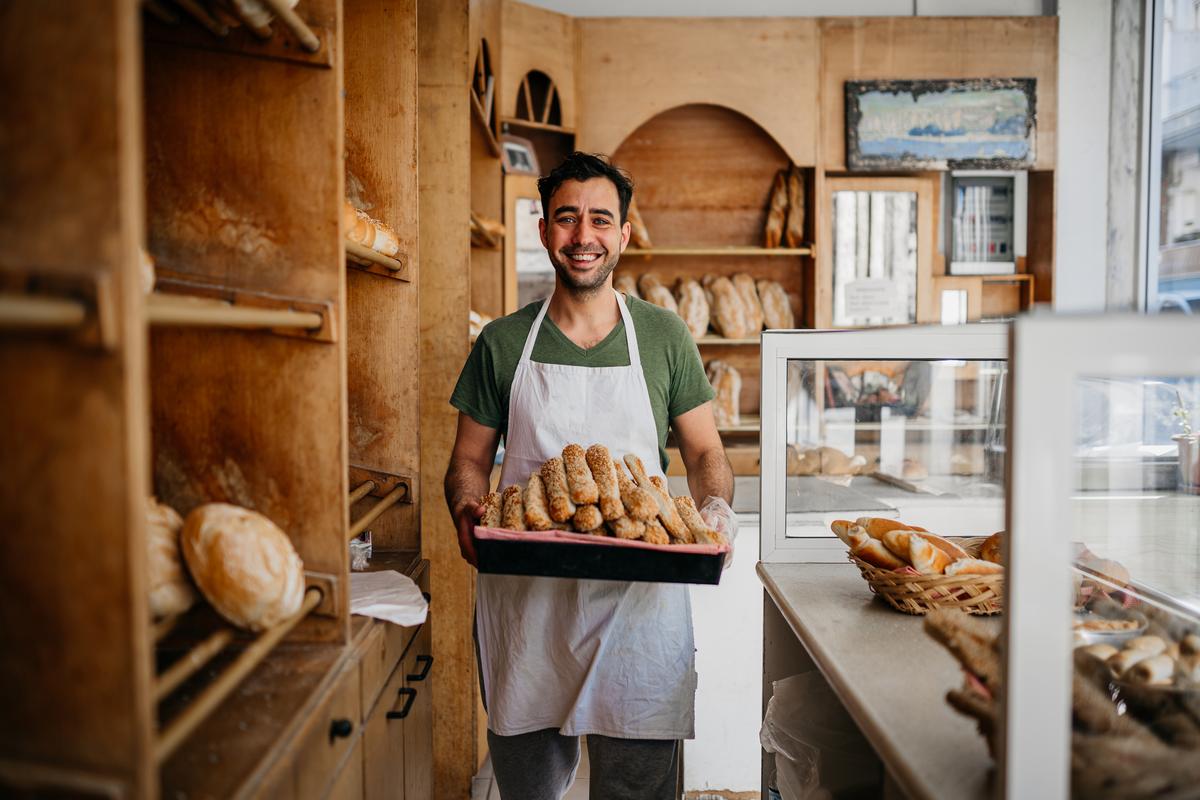
Bread seller at the bakery shop Supermarket
| Photo Credit:
Nikola Stojadinovic
Expedia Group’s Unpack 25 report on travel trends notes videos like these are helping inspire “goods getaways,” with travellers frequenting supermarkets and grocery stores to find local delicacies. According to the company’s global research, 39% of travellers usually visit a grocery store and 44% buy local goods they can’t get at home, especially Gen Z.
With 78% of travellers agreeing that trying new foods is a huge part of their travel experience, Booking.com has also identified “shelf browsing” as the “new way to explore a destination’s culture, uncovering local foods and flavours”.
On a recent visit to Copenhagen, I visited a posh supermarket (Irma), a big supermarket (Netto), and a discount supermarket (Fakta). At Irma, one of Denmark’s most upscale chains, the shopping experience seems curated and almost boutique-like. Shelves lined with organic produce, beautifully packaged Danish chocolates and artisanal breads, and high-end condiments like elderflower vinegar or locally crafted mustards invited me to browse and buy. For a culinary-curious traveller, Irma offers a taste of Denmark’s premium food culture, while emphasising sustainability, aesthetics, and provenance.
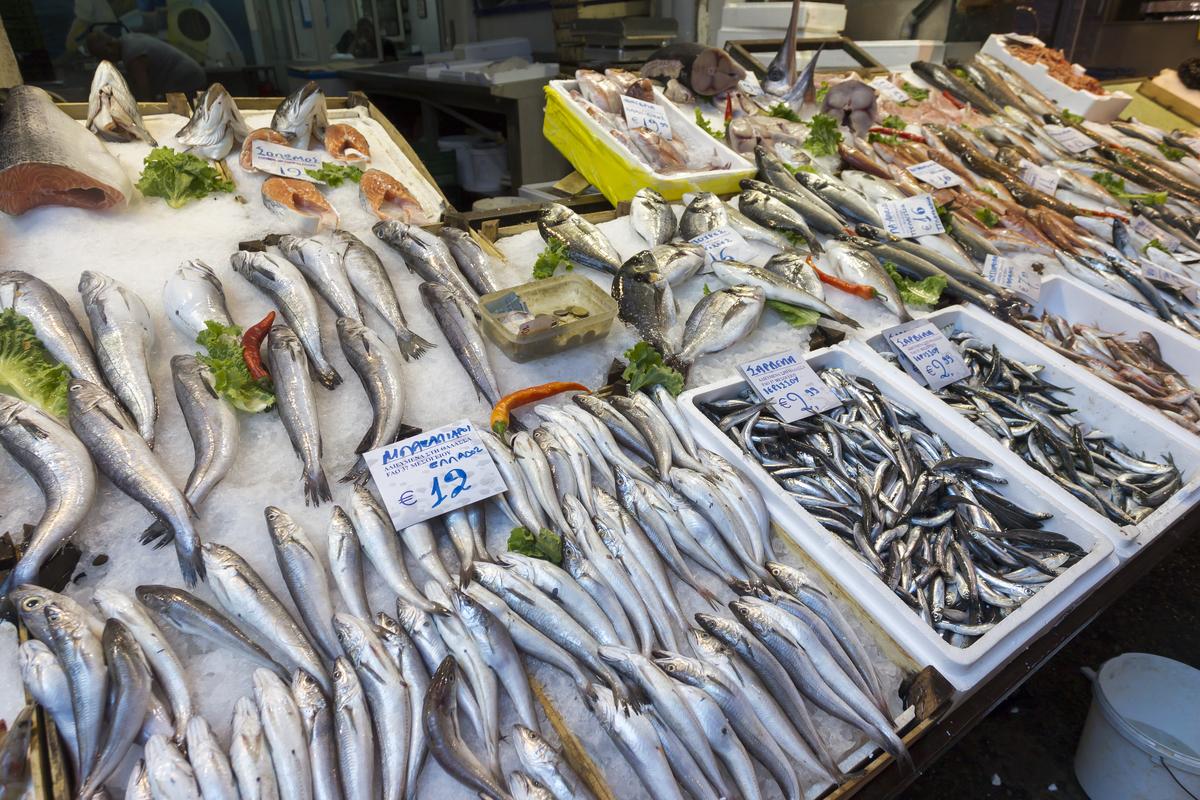
Fish stall in Modiano market in Thessaloniki, Greece. Supermarket
| Photo Credit:
AntonChalakov
Netto and Fakta, meanwhile, offer a more utilitarian vibe. Netto’s shelves and trays were lined with fresh produce, meats, local and international snacks, and Danish sweets. Fakta, which operates on a discount model, strips the shopping experience to the very basic — offering everyday essentials that locals use. Together, these stores gave me a layered, real-world portrait of Danish life.
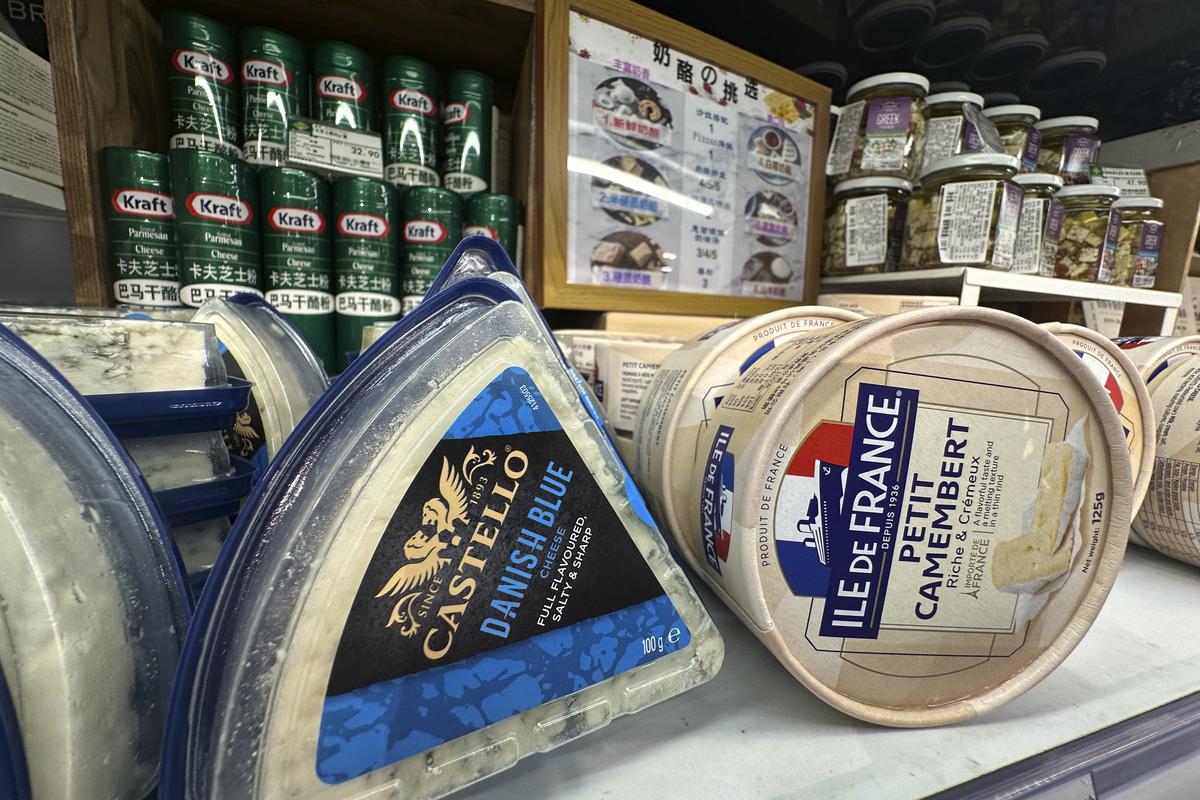
Imported cheese from Europe are displayed at a supermarket in Beijing, Wednesday, Aug. 21, 2024. (AP Photo/Ng Han Guan)
| Photo Credit:
Ng Han Guan
“A supermarket in a foreign city seems like Alibaba’s cave: full of treasure, the likes of which we don’t get to see at home,” says Supriya Sharma, who travels frequently. “We can get things that we will actually use and also bring back the best gifts and souvenirs, be it spices from the Middle East or Cheetos from the US. Spices like cinnamon, cardamom, and cumin along with spice blends like za’atar and Baharat add a unique and aromatic experience to meals once you are back home,” Supriya says.
A month-long visit to the US led me to do rounds of all the supermarkets and hypermarkets: from Costco and Kroger to Walmart and Aldi, from Target and Dollar Tree to Trader Joe’s and Whole Foods Market the supermarkets opened a window on American food culture, eating habits — and the super sizing! Located across all cities in the US, these supermarkets revealed what locals eat every day, how much they spend, what is in season, and what brands or ingredients they trust. They offered a reliable snapshot of daily rhythms, preferences, and priorities.
Grocery stores are where life happens in a city, where dinner plans are made and weekly menus are drawn up. They’re also the best way to meet locals, be it working couples, families, the elderly, or singletons. Mercadona, a massive supermarket chain with more than 1,600 locations across Spain, is changing the country’s dating game with its stores being used for “pineapple” or “supermarket dating”. This involves going to the grocery store in the evening and tossing a pineapple upside down in your cart to signal your availability and intentions.
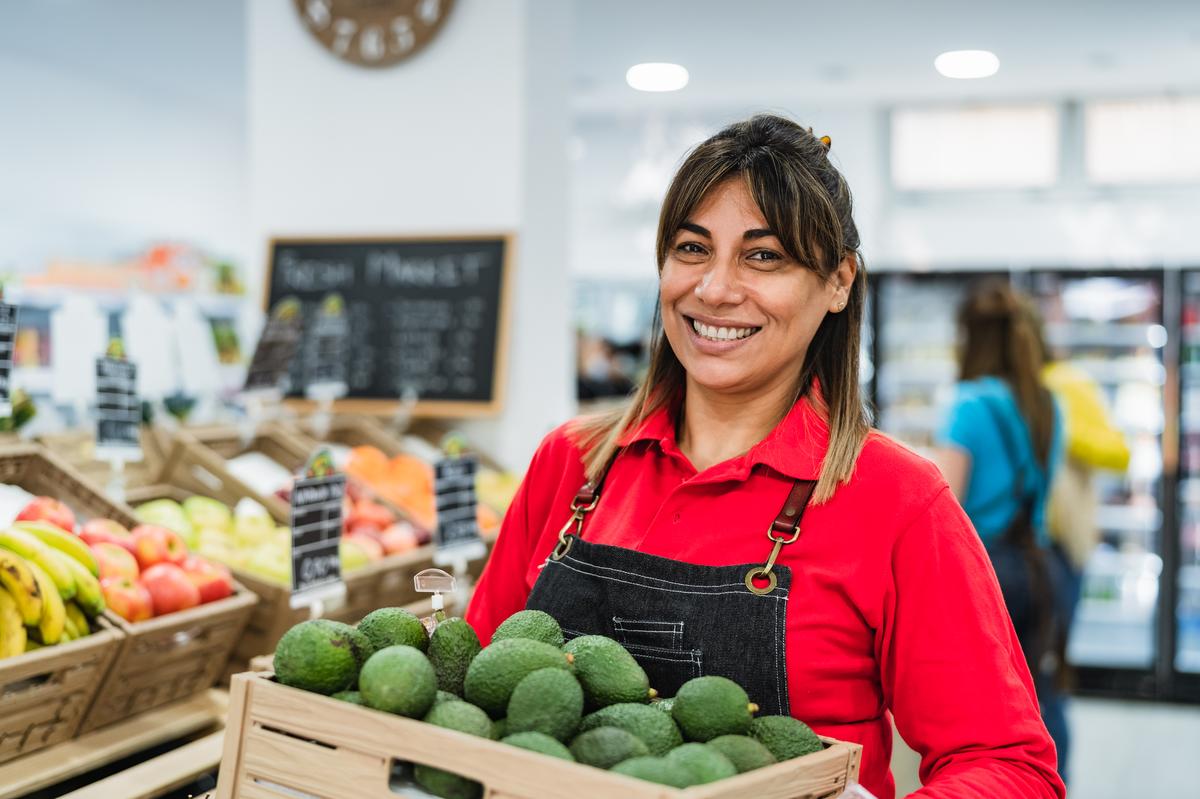
Latin woman working in supermarket holding a box containing fresh avocados Supermarket
| Photo Credit:
ALESSANDRO BIASCIOLI
London-based food historian Annie Gray says she always visits local supermarkets while travelling though she feels that the “steady growth of international brands has rather eroded the fun now”. “As international tourism ticks up, there’s a tension between seeking the ‘authentic’ and seeking out a safe version of exotic, which is exactly what a foreign supermarket offers. Plus, no language barrier as you can essentially zap and go,” she says.
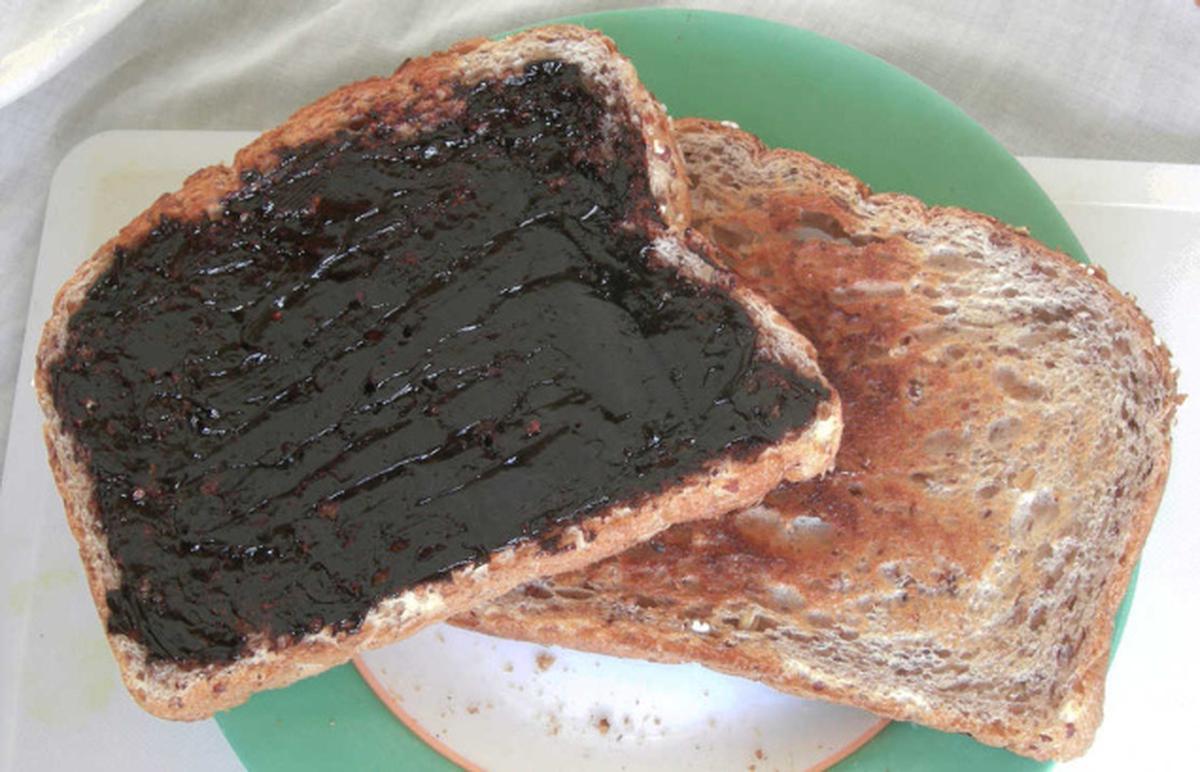
Marmite on toast
She makes her recommendations of foods that sum up the British experience and fit in a suitcase: “Marmite (delicious on toast with butter), scampi fries, Frazzles, maybe Twiglets as well. Then hobnobs, crumpets, biscuit brew, sharp artisan cheddar. And at Christmas, mince pies.” They are available at British supermarkets like Waitrose, M&S, Tesco, Coop, and German chains like Aldi, and Lidl.
Across the world, supermarket tourism is on the rise for it opens a window into local culture like nothing else can. As I walked through an aisle in Waitrose in Epsom, UK, I watched as people on their way home shopped for dinner essentials. A woman tossed two steaks, some asparagus, and a bottle of wine into her basket. Had to be date night, I think. A frazzled man, pram in tow, chose cereal, bread, eggs, juice, and milk. Prepping for weekend breakfast, naturally. As I scanned the content of my basket, cream crackers, strawberries, and scones, I looked around at the self-checkout counters. Walking through the grocery store was like stepping into the quiet pulse of everyday life — often more telling than a monument. .
Food souvenirs
England: Crisps, chocolate, orange marmalade
Scotland: Shortbread, Iron Brew, single malt whisky
Ireland: Jam mallows, bacon fries, whisky
France: Madeleines, cheese, pate, wine
Denmark: Rye bread chips, aquavit
Finland: Licorice crackers, squeaky cheese, Karelian pies
Sweden: Candy, salty licorice, crisp bread
South Korea: Honey butter chips, seaweed, dalgona candy
Netherlands: Stroopwafels, smoked sausage, chocolate sprinkles,
US: Pretzel crisps, jerky, tortilla chips, cookies
Canada: Maple syrup, ketchup chips, saskatoon berry jam
South Africa: Beef biltong, droewors, grill spices
Southeast Asia: Instant noodles, shrimp crackers








